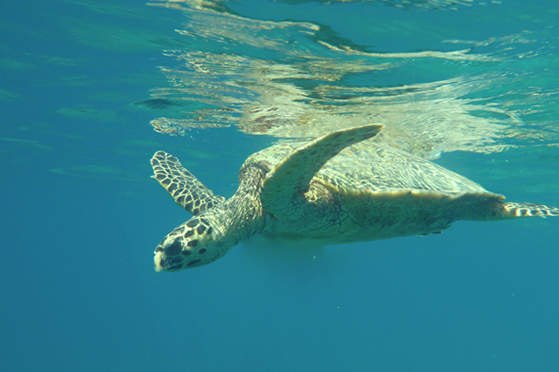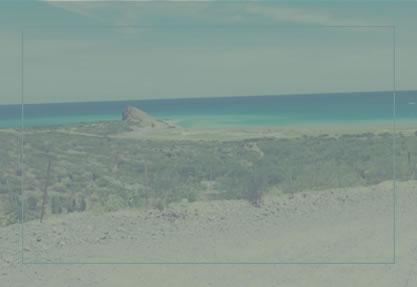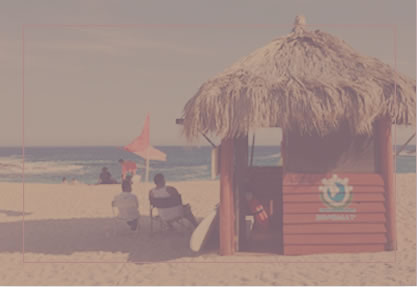SEA TURTLES
There are seven species of sea turtles in the world and six of them feed and lay their eggs in Mexican territory: ridley sea turtle, leatherback turtle, green or black sea turtle, hawksbill turtle, loggerhead or yellow turtle, and olive ridley turtle. Along Ruta 1 it is possible to find ridley and leatherback sea turtles in several destinations.
From July to November, the ridley sea turtle lays its eggs in the Pacific Ocean and California Gulf coasts of Baja California Sur, from Magdalena Bay all the way to the south of the state.
Even though there are little records of leatherback turtles in Baja California Sur, during the last years there have been some sighting reports from La Paz Bay and Cabo Pulmo, as well as from Todos Santos between the months of November and February.
There are seven species of sea turtles in the world and six of them feed and lay their eggs in Mexican territory: ridley sea turtle, leatherback turtle, green or black sea turtle, hawksbill turtle, loggerhead or yellow turtle, and olive ridley turtle. Along Ruta 1 it is possible to find ridley and leatherback sea turtles in several destinations.
From July to November, the ridley sea turtle lays its eggs in the Pacific Ocean and California Gulf coasts of Baja California Sur, from Magdalena Bay all the way to the south of the state.
Even though there are little records of leatherback turtles in Baja California Sur, during the last years there have been some sighting reports from La Paz Bay and Cabo Pulmo, as well as from Todos Santos between the months of November and February.
The only moments when sea turtles touch land are during spawning and hatching. Female sea turtles swim long distances, spot the right place and with their flippers they gently dig a hole in the sand that has the perfect size and depth. Once the hole is ready the female turtles lay their eggs, cover the nest with sand to protect them from predators, and return to the sea.
There are five main threats that endanger the sea turtles survival: by-catch fishing, poaching, coastal development, pollution/oil spills and climate change.
Visitors can participate in seat turtle monitoring programs and have the opportunity of freeing baby sea turtles. For this it is advisable to reach out Grupo Tortuguero de las Californias for more information - www.grupotortuguero.org.

STOPS











